 According to a new survey from Virgin Mobile, mobile telephone text messaging has become so popular in the UK that millions are complaining of injuries to their thumbs and fingers.
According to a new survey from Virgin Mobile, mobile telephone text messaging has become so popular in the UK that millions are complaining of injuries to their thumbs and fingers.
With more than 93.5 million text messages sent every day, there’s a whole load of keyboard action going on all over Blighty, and all that button pushing has led to a massive growth in the number of people suffering RSI (repetitive strain injury).
The survey found that thirty-eight per cent more people suffer from sore wrists and thumbs than half a decade ago, with 3.8 million people complaining of text-related injuries a year.
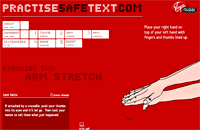 Despite the agony, it seems that Brits are prepared to go through the pain barrier to keep bashing out their texts, with more than twelve per cent admitting to sending 20 text messages a day – with a seriously obsessed ten per cent blasting out as many as 100 texts a day!
Despite the agony, it seems that Brits are prepared to go through the pain barrier to keep bashing out their texts, with more than twelve per cent admitting to sending 20 text messages a day – with a seriously obsessed ten per cent blasting out as many as 100 texts a day!
You probably missed it – we certainly did – but yesterday (Feb 21) was apparently National Text Message Injury day in the UK.
 Designed to highlight the very real problems of RSI, Virgin have sponsored a very useful site, practisesafetext.com which comes with useful tips and advice on how to keep your textin’ digits in full button-pushin’ order.
Designed to highlight the very real problems of RSI, Virgin have sponsored a very useful site, practisesafetext.com which comes with useful tips and advice on how to keep your textin’ digits in full button-pushin’ order.
British Chiropractic Association (BCA) spokesperson Dr Matthew Bennett offered a few tips of his own, advising texters to change hands if it starts to hurt, vary the hands and digits used and don’t text for more than a few minutes without a break.
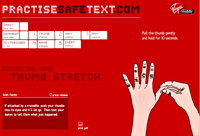 As a recent sufferer of RSI (brought on by long hours sweating over a hot Logitech as I try to bring you, dear reader, the latest stories), I strongly recommend you try out some of the exercises.
As a recent sufferer of RSI (brought on by long hours sweating over a hot Logitech as I try to bring you, dear reader, the latest stories), I strongly recommend you try out some of the exercises.
You might look a bit of a berk while you’re doing them, but anything that keeps your pint-holding hand in good shape can surely only be a good thing.
Headline Translation – too much texting gives you RSI.
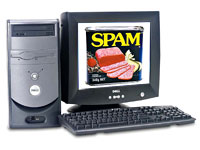 So, it’s Monday morning, you’ve sat down at your desk, powered up your PC and then slunk lower and lower in your chair as a fresh tide of spam rolls into your inbox.
So, it’s Monday morning, you’ve sat down at your desk, powered up your PC and then slunk lower and lower in your chair as a fresh tide of spam rolls into your inbox.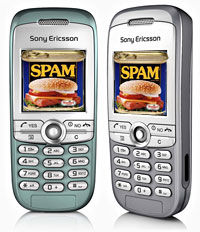 If musing over updated spam graphs are your thing, check out the
If musing over updated spam graphs are your thing, check out the  We covered
We covered 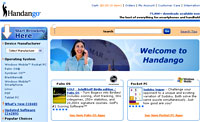 Handango has released their annual “Handango Yardstick”, a global snapshot of the state of the mobile content industry in 2005.
Handango has released their annual “Handango Yardstick”, a global snapshot of the state of the mobile content industry in 2005.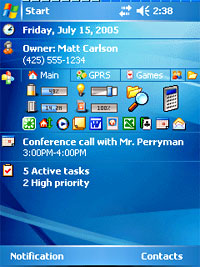 New additions included the Motorola RAZR V3, the BlackBerry 7100 Series and the BlackBerry 7250/7290 (the first BlackBerry smartphone to ever make the top ten).
New additions included the Motorola RAZR V3, the BlackBerry 7100 Series and the BlackBerry 7250/7290 (the first BlackBerry smartphone to ever make the top ten).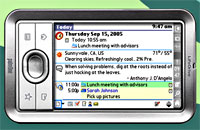 The top ten Windows Mobile Pocket PC applications were:
The top ten Windows Mobile Pocket PC applications were: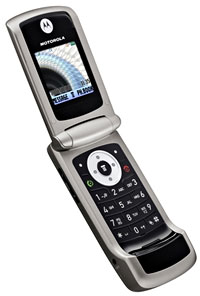 Motorola has unveiled their new, mass-market Motorola W220 phone at the 3GSM conference in Barcelona, Spain.
Motorola has unveiled their new, mass-market Motorola W220 phone at the 3GSM conference in Barcelona, Spain.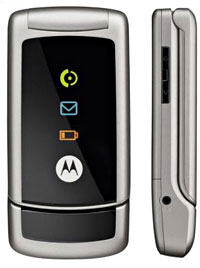 There’s no external display for caller ID purposes, with Motorola instead offering a simple set of three icons on the outer fascia displaying call status, message status, and battery remaining.
There’s no external display for caller ID purposes, with Motorola instead offering a simple set of three icons on the outer fascia displaying call status, message status, and battery remaining.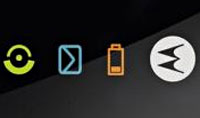 With such a slender feature set, we expect the W220 to be offered for next to nowt for contract deals sometime in Q3 2006.
With such a slender feature set, we expect the W220 to be offered for next to nowt for contract deals sometime in Q3 2006.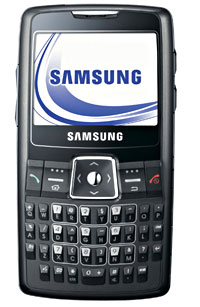 Samsung have released a few more details about their new i320 Smartphone, which was unveiled at the 3GSM World Congress in Barcelona.
Samsung have released a few more details about their new i320 Smartphone, which was unveiled at the 3GSM World Congress in Barcelona.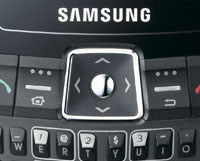 For a fully featured smartphone, the dimensions aren’t too bulky- 111mm x 59mm x 11.5mm only – so you won’t feel too much of a berk walking around with it stuck to your ear.
For a fully featured smartphone, the dimensions aren’t too bulky- 111mm x 59mm x 11.5mm only – so you won’t feel too much of a berk walking around with it stuck to your ear.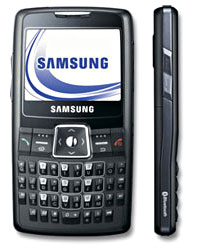 Connectivity comes in the shape of Bluetooth with the tri-band (900/1800/1900) GSM phone capable of GPRS/EDGE but no Wi-Fi as far as we can see – a major omission in our book. Bad Samsung.
Connectivity comes in the shape of Bluetooth with the tri-band (900/1800/1900) GSM phone capable of GPRS/EDGE but no Wi-Fi as far as we can see – a major omission in our book. Bad Samsung.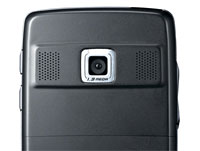 Video : Video capture/playback
Video : Video capture/playback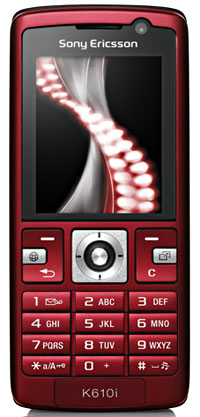 Sony Ericsson has slipped out is slimmest-ever 3G handset at the 3GSM conference in Barcelona, Spain.
Sony Ericsson has slipped out is slimmest-ever 3G handset at the 3GSM conference in Barcelona, Spain.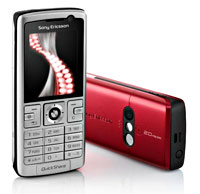 Naturally, there’s an integrated music player lurking inside the rounded lines of the K610, with supported formats including MP3, AAC and e-AAC+.
Naturally, there’s an integrated music player lurking inside the rounded lines of the K610, with supported formats including MP3, AAC and e-AAC+.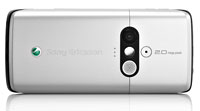 Sony Ericsson K610i Specs:
Sony Ericsson K610i Specs: